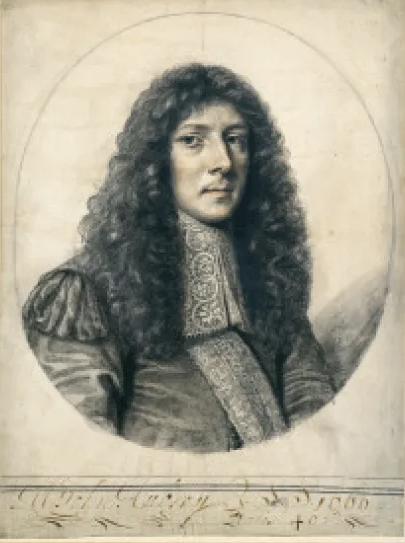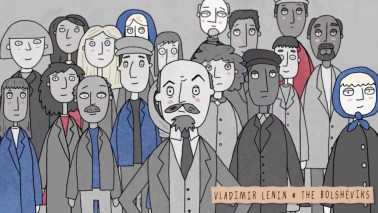John Aubrey investigated everything from the workings of the brain, the causation of winds and the origins of Stonehenge to how to cure the fungal infection thrush by jamming a live frog into a child’s mouth (you hold it there until it — the frog — suffocates, then replace it with a fresh frog).
He seemed half-cracked as often as not to less empirical 17th-century contemporaries, and for most of the next 200 years posterity forgot him. His astonishing renaissance in the last century owed much to two novelists: Anthony Powell, who published a biography, followed by a selection of Aubrey’s Brief Lives in 1949, and John Fowles, who brought out his Monumenta Britannica for the first time in 1980. By this time Aubrey had captivated the public on both sides of the Atlantic on stage and screen in a magical performance by Roy Dotrice, who played him as a quavery old codger, doddering about in an interior as chaotically crowded as his own mind.
Aubrey exemplified an age of exuberant experiment and scientific expansion. The epitaph he would have liked carved on his gravestone if he’d had one (he was eventually buried in Oxford as a nameless stranger) was Fellow of the Royal Society. Fellows, who met every Wednesday, included John Evelyn, Samuel Pepys, Aubrey’s lifelong friend Thomas Hobbes, his drinking companion Robert Hooke (‘the greatest mechanic alive in the world today’), and a bright young astronomer called Edmund Halley. The aim was to swap ideas, showcase the latest discoveries and watch the modern world take shape.
Aubrey noted down everything. Spectacles were beginning to be common in England. The novel concept of gardening for pleasure rather than for strictly practical purposes caught on fast in his lifetime. Hooke was busy designing a pocket watch and a prototype flying machine. Their friend Francis Potter worked on new kinds of clock, compass and crossbow as well as blood transfusion and bee-keeping (‘He showed me bees’ thighs under a microscope’).







Comments
Join the debate for just £1 a month
Be part of the conversation with other Spectator readers by getting your first three months for £3.
UNLOCK ACCESS Just £1 a monthAlready a subscriber? Log in